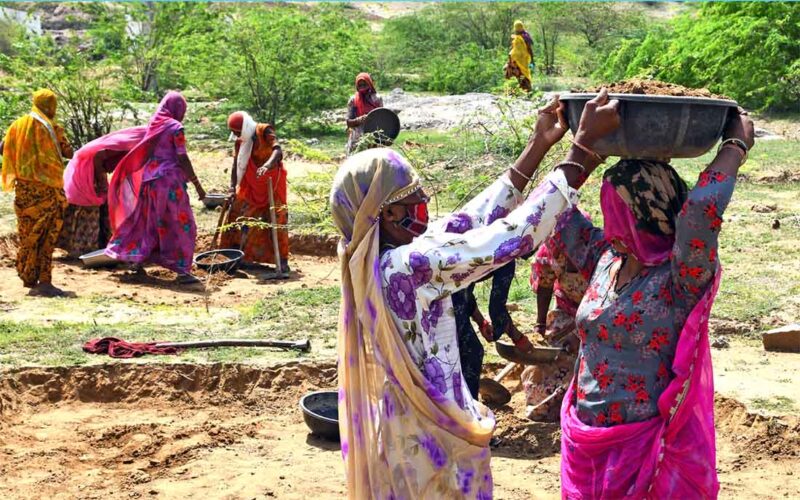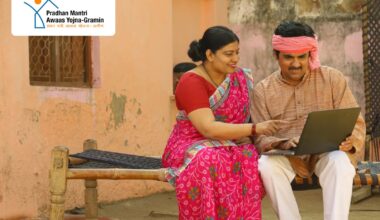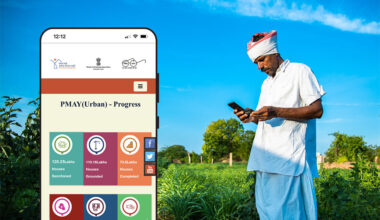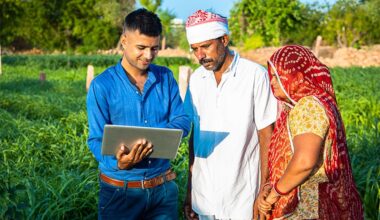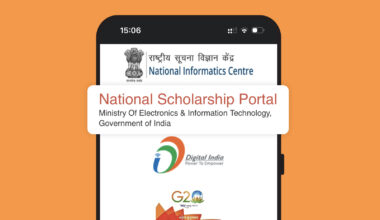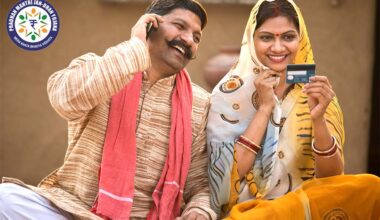Unemployment or joblessness has usually led to rural distress that forces people to leave their homes and move to cities for job search. The Indian Government launched many schemes to aid job seekers in the rural area. They came up with Sampoorna Grameen Rozgar Yojana and National Food for Work Programme.
NREGA (National Rural Employment Guarantee Act) was one of these introduced programs. This scheme came into being in the year 2005. It was launched as MGNREGA (Mahatma Gandhi National Rural Employment Guarantee Act) in 2006. Read further to know more about the NREGA scheme.
What is MGNREGA?
NREGA was renamed to MGNREGA by Manmohan Singh (then Prime Minister). This scheme was officially launched in September 2005, and on 2nd February 2006, it was applied successfully.
This scheme’s responsibility is shared among the centre and the state. The central government covers the wages of unskilled manual labourers and 75 per cent of the material costs. It even included the pay of semi-skilled and skilled labourers. The implementation of the scheme was done in three phases: Phase I, Phase II, and Phase III.
Objectives of the NREGA Scheme
Apart from giving employment, there are other key objectives of NREGA. Here are a few of them listed:
- The scheme emphasises sustainable development to address the cause of deforestation, soil erosion, and drought.
- It offers jobs for 220 crore person days of employment to about 4.78 crore families in the country.
- The share of SC, ST, and women person days in the NREGA program are 23%, 17%, and 53%, respectively.
- About one-third of the overall jobs offered are secured for women.
NREGA Eligibility Criteria
Here is a list of the eligibility requirements for the NREGA scheme:
- The applicant should be an Indian citizen;
- The applicant’s age must be 18 years or above;
- He or she must be ready to engage in unskilled work;
- Must be from a rural household.
Features of the NREGA Scheme
NREGA scheme’s prime feature is to provide every rural household with 100 days of paid employment each year. The other features of this employment plan are as follows:
- Every rural home is eligible to get registered under the NREGA scheme.
- Both men and women get equivalent wages.
- Mahatma Gandhi job card is disseminated to every home alongside NREGA registration.
- The job card is provided within 15 days of receiving the application for job card registration.
- Those with valid job cards can submit job applications individually or in groups.
- A minimum of 10 job seekers must apply for a new job for the job to be approved under the scheme.
- The proposed occupations of the village community cannot be changed by anyone unless they adhere to MGNREGA regulations.
- Providing amenities such as drinking water, shade, and a crèche at the workplace is also necessary.
- The salary is paid every two weeks.
- There is no contractor or equipment allowed.
- The job seekers will receive an extra 10 percent of the minimum payment if the workplace is far away than 5 kilometres.
Application Process for MGNREGA Job Card
An MGNREGA job card is a key document issued by the Gram Panchayat to every registered applicant. This document states every essential information such as name, address, employment record, account number, etc. The job card is nothing but identity proof of the applicant. Below we have mentioned the steps to apply for an NREGA card.
Step 1: Fill out the application form, which covers the basic information:
- The applicant’s name, gender, and age
- Name of the block
- Village name
- Gram Panchayat’s name
- Applicant’s photo
- Applicant’s thumb impression and signature
- Whether the applicant is an SC/ST/LT/IAR beneficiary
Step 2: Send the application to the Gram Panchayat or Gram Rozgar Sevak, along with relevant ID documents – PAN card, Aadhaar card, ration card, or voter ID. The applicant also needs to provide basic information such as the name, age, and address of the adult family members.
Step 3: Next is the verification procedure of the documents and details given by the application. It takes place within the Gram Panchayat.
Step 4: If the job card details provided are valid, the card is granted within 15 days following the verification. If the details are found to be incorrect, the application is transferred to the Program Officer who carries out the investigation. Based on the investigation, the officer advises the Gram Panchayat whether to reprocess, reject, or register the application.
MGNREGA Scheme Benefits
The benefits of the MGNREGA scheme are plenty. Here we have listed a few of those:
- Helps in lessening the wage instability and gender pay gap in work.
- Contributes to the economic empowerment of rural areas across the nation.
- Fosters infrastructure development by properly utilising unused or underused manpower resources within rural regions.
- Gives increased social inclusivity to rural households that are later improved by including women and SC/STs under its umbrella.
NREGA Activities
As per the Union Rural Development Ministry, a wide range of activities are covered under the NREGA scheme. These are as follows:
- Rural sanitation projects
- Livestock-related work
- Rural drinking water projects
- Fisheries
- Agricultural and allied activities
- Construction of Anganwadi centres, etc.
- Irrigation and flood management works
Conclusion
NREGA has aided many rural households to get employment and earn a living. The employment initiative played a vital part in reducing poverty and raising rural income. With its implementation, the nation can see a great impact on rural development and employment.


